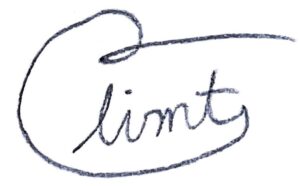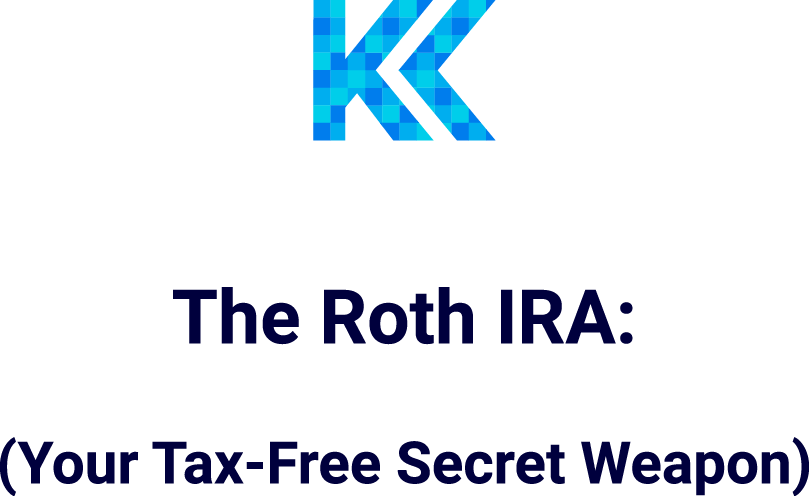The Roth IRA is one of the most powerful tools for tax-free growth and retirement savings, but not everyone can contribute through normal contributions. Understanding the eligibility rules can help you determine whether you can take advantage of this account or need to look to other strategies such as a Traditional IRA or Backdoor Roth.
Who Can Contribute to a Roth IRA?
To contribute to a Roth IRA, you must meet two main requirements:
1. You Must Have Earned Income
Contributions can only be made from earned income: wages, salaries, bonuses, self-employment income, or taxable alimony. Investment income, rental income, and Social Security benefits do not count.
2. Your Income Must Be Below Certain Limits
The IRS sets income limits for contributions based on your modified adjusted gross income (MAGI) and tax filing status. For 2024, the income phase-out ranges are:
- Single filers & Head of Household: $146,000 – $161,000
- Married filing jointly: $230,000 – $240,000
- Married filing separately (if you lived with your spouse at any time during the year): $0 – $10,000
If your income is within the phase-out range, you can only contribute a reduced amount. If it exceeds the range, you cannot contribute directly to a Roth IRA—but there may be a workaround (Backdoor Roth / Mega Backdoor Roth).
How Much Can I Contribute?
For 2024, the maximum contribution limits are:
- Under age 50: $7,000
- Age 50 or older: $8,000 (includes a $1,000 catch-up contribution)
These limits apply across all IRAs (both traditional and Roth) combined. You have until April 15 (tax day) of the year following to make your contributions. For example, you can make a 2024 contribution any time between January 1st, 2024 and April 15, 2025.
What If My Income Is Too High? (Backdoor Roth IRA Strategy)
If your income exceeds the IRS limits, you might still be able to contribute through a strategy called a Backdoor Roth IRA. This involves:
- Contributing to a Traditional IRA (which has no income limits for contributions).
- Converting those funds to a Roth IRA, paying taxes on any pre-tax amounts.
This strategy requires careful tax planning, especially if you already have pre-tax IRA funds, due to the pro-rata rule.
Final Thoughts
- You need earned income to contribute.
- Your ability to contribute is limited if your income exceeds IRS thresholds.
- If you earn too much, the Backdoor Roth may be an option.
Roth IRAs offer tax-free growth and withdrawals after age 59.5, making them an optimal part of many people’s retirement portfolio. If you’re unsure whether you’re eligible or how this might fit into your financial plan, feel free to reach out!

– Clint Kraft
Founder and Financial Advisor, Kraft Capital

